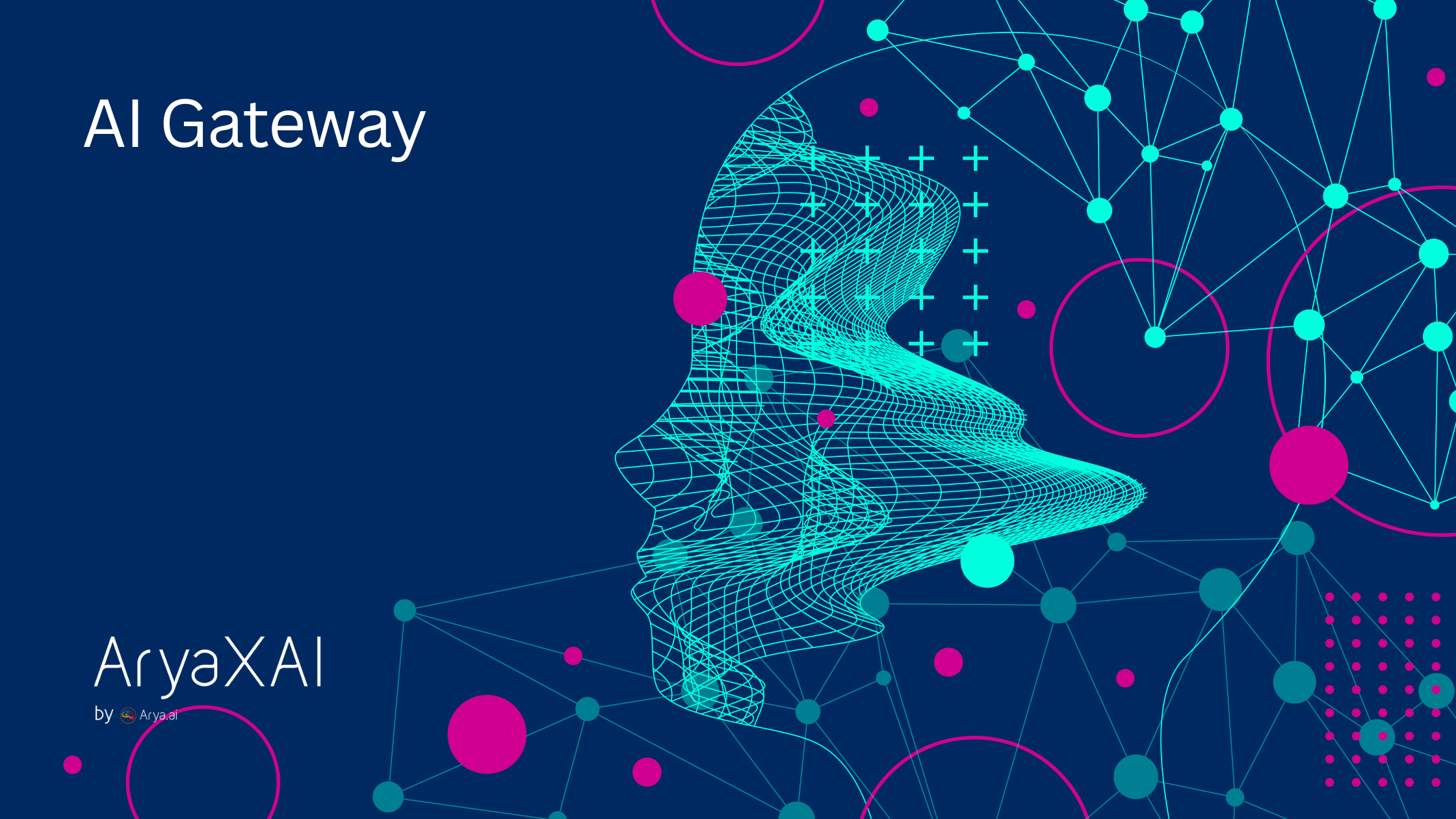Biases in Machine Learning Models: Understanding and Overcoming Them
8 minutes
March 21, 2025

Introduction
Machine learning (ML) has revolutionized numerous sectors, such as healthcare, finance, autonomous systems, and content recommendation. Yet, for all these developments, ML models can learn to perpetuate biases present in the training data and make unfair or inaccurate predictions. Such biases have the potential to perpetuate social inequality, provide misleading insights, and influence decision-making.
Bias in Machine Learning (ML) happens when a model systematically prefers some groups over others because of skewed, erroneous, or misrepresented data. Recognizing and tackling bias is vital to creating equitable, moral, and accountable AI systems. This article will study the different kinds of biases in machine learning (ML) models and talk about successful methods of mitigating them.
What is Bias in Machine Learning?
Bias in machine learning (ML) is the systematic deviation in a model's predictions that is caused by flaws in the training data, feature selection, or algorithm design. The bias can result in discriminatory outcomes, negatively affecting underrepresented groups. Biases can result from:
- Social and historical disparities are reflected in the training data.
- Selection processes that exclude important demographic groups.
- Misclassifications by the algorithm that lead to unjust results.
If left unchecked, ML bias can result in unethical and dangerous decisions, including racial or gender discrimination in hiring, credit ratings, medical diagnoses, and policing.
Types of Biases in ML Models
Bias in machine learning (ML) models can result in unfair outcomes, reinforcing existing societal inequalities. It is essential to understand and address these biases to develop ethical and effective AI systems. Building on our previous discussion, let's explore specific types of biases in greater detail, along with real-life examples and insights from recent studies and articles.
1. Exclusion Bias
Definition: Exclusion bias occurs when particular segments or data points are systematically excluded at the phases of data acquisition or processing. The outcome is models that do not sufficiently portray these missing pieces.
Real-Life Example: A high-profile AI system used by the UK government to detect welfare fraud exhibited strong bias against a number of groups, including age, disability, marital status, and nationality. In-house analyses disclosed stark contrasts, demonstrating that the system drastically failed to leverage diverse demographic data when creating the system.
Impact: Such omissions can lead to models that lack generalizability, resulting in unfair treatment of underrepresented groups. It is imperative to recognize and address exclusion bias to ensure equitable outcomes for all.
2. Measurement Bias
Definition: Measurement bias is defined as the presence of systematic errors in data collection, which results in inaccurate or unrepresentative data.
Real-Life Example: In the beauty sector, AI-based skin analysis solutions have struggled with bias in skin tone analysis. Industry players such as Renude and Haut.AI are coming up with more accurate and inclusive AI applications for skin assessment, realizing that earlier versions were possibly trained on non-representative datasets.
Impact: Models created based on biased measures result in biased predictions, which can have serious detrimental effects on specific groups. Eliminating such biases is a must for attaining fairness in AI implementations.
3. Selection Bias
Definition: Selection bias is an important concept that occurs when data employed to train a model does not correctly depict the target population. This divergence results in biased and inaccurate results.
Real-Life Example: Amazon's AI recruitment tool was found to favor male candidates over female ones. This bias arose because the system was trained on resumes submitted over a 10-year period, which were predominantly from men, reflecting the male-dominated tech industry.
Impact: The impact of such biases is significant because they can perpetuate existing inequalities and lead to discriminatory hiring practices and other areas of discrimination. These biases should be addressed to ensure fairness and equity.
4. Structural Bias
Definition: Structural bias arises from societal or organizational structures that are inherently biased, and this bias is then reflected in the data and models we employ.
Real-Life Example: The UK government's artificial intelligence system for welfare fraud detection was biased towards certain groups, which could be indicative of inherent societal prejudices and systemic disparities.
Impact: The implication of structural bias is profound; it not only validates inherent societal disparities but also causes AI systems to amplify the biases within data.
5. Emergent Bias
Definition: Emergent bias is when a computer system interacts with users in ways that are unforeseen, leading to unintended behaviours or bias.
Real-Life Example: AI chatbots, which learn through internet chatter, have been seen to pick up offensive or discriminatory language after interacting with users who offer prejudiced or offensive content.
Impact: Emergent bias can cause AI systems to develop in unexpected directions, producing enormous threats and possibly dangerous consequences that their creators did not intend.
6. Presentation Bias
Definition: Presentation bias is a powerful force that significantly influences the way information is perceived and interacted with by users. This has the potential to produce biased data collection and model training results.
Real-Life Example: Consider recommendation systems for example. When some content or products are repeatedly highlighted or placed at the top, users are much more likely to interact with them. This creates data that reflects this artificially created prominence, not actual user preferences.
Impact: The effects of this bias are significant. It can form self-reinforcing feedback loops, wherein the model continues to rank top items, ultimately reducing diversity and pushing less popular ones to the side.
Mitigating Bias in ML Models
To address biases in AI systems, consider the following strategies:
- Diverse Data Collection: Ensure that the data used for training is representative of all user groups to minimize exclusion and selection biases.
- Bias Detection Tools: Use tools such as IBM's AI Fairness 360 and Google's What-If Tool to identify and measure biases in your models.
- Algorithmic Fairness: Incorporate fairness constraints and conduct regular audits to detect and correct biases during the model development process.
- Human Oversight: Implement systems that include human oversight to monitor AI decisions, especially in high-stakes situations, ensuring fairness and accountability.
By proactively identifying and addressing these biases, we can develop AI systems that are more fair, ethical, and effective, ultimately leading to better outcomes for all users.
How to Overcome Bias in Machine Learning Models
Addressing bias in machine learning (ML) is an imperative challenge that demands robust and proactive strategies throughout the entire AI lifecycle, from initial data collection to model deployment. Here are effective approaches to mitigate bias in ML models:
1. Diverse and Representative Data Collection
- Inclusion of Demographic Diversity: It is crucial that training datasets encompass a broad spectrum of demographic groups, including various races, genders, ages, and socioeconomic backgrounds. This comprehensive representation is pivotal in combating exclusion bias, leading to models that are not only more equitable but also more generalizable across diverse populations.
- Conducting Bias Audits: Implementing regular bias audits is essential for meticulously analyzing datasets for any gaps or disparities. This process involves assessing the representation of various groups and identifying potential sources of bias within the data collection process or the data itself.
- Synthetic Data Augmentation: For cases where certain demographic groups are underrepresented in the training data, employing synthetic data augmentation techniques is an effective strategy. By generating artificial data points that emulate the characteristics of these underrepresented groups, we can balance the dataset and enhance model training significantly.
2. Bias Detection and Fairness Audits
- Implementing Fairness Metrics: To effectively monitor and measure bias, it is essential to implement fairness metrics such as disparate impact, which evaluates the differential effects of decisions on various groups, and equal opportunity, which ensures that all groups enjoy equal chances of favorable outcomes. These metrics provide concrete evidence of bias, enabling informed adjustments to models.
- Utilizing Bias Detection Tools: Numerous powerful tools are available to facilitate bias detection in machine learning models. Solutions like IBM AI Fairness 360, Google What-If Tool, and Fairlearn are equipped with advanced functionalities that empower users to analyze model predictions and identify biases related to sensitive attributes effectively.
- Regular Model Audits: Conducting regular audits of machine learning models is critical as they evolve over time. These audits not only verify that models maintain fairness in their predictions but also proactively address any biases that may emerge with the introduction of new data.
3. Algorithmic Adjustments
- Re-weighting Techniques: To effectively tackle imbalances in class distributions within datasets, re-weighting techniques are essential. By modifying the weights assigned to different classes during training, we ensure that underrepresented classes receive the necessary emphasis. This approach leads to more equitable outcomes and enhances overall model performance.
- Counterfactual Fairness Testing: This robust method involves rigorously testing the model by altering a sensitive attribute (such as the gender of a candidate) to observe any changes in predictions. By evaluating the model's responses in these scenarios, we can uncover biases that may unjustly influence outcomes based on sensitive characteristics.
- Fairness-Aware Algorithms: The adoption of fairness-aware algorithms in the training of machine learning models is crucial. These algorithms are specifically designed to minimize disparate impacts across various demographic groups. They integrate fairness constraints directly into the optimization process, promoting significantly more equitable model performance.
4. Human-in-the-Loop (HITL) Approaches
- Human Reviewers and Bias Verification: Involving human reviewers in the decision-making process allows for the validation of AI decisions and the identification of biases that may not be evident through automated processes. Human insights can offer a valuable perspective on the fairness and ethical implications of AI decisions.
- Explainable AI (XAI) Techniques: Implementing XAI techniques enables a better understanding of how and why models make specific predictions. By making the decision-making process more transparent, stakeholders can identify potential biases and undertake corrective measures.
- User Feedback Loops: Establishing feedback loops with users helps in the ongoing detection of emerging biases. Gathering feedback from end-users about the model’s predictions can lead to timely adjustments and improvements, ensuring a more equitable system.
5. Continuous Monitoring and Model Updates
- Real-Time Monitoring Systems: Implementing real-time monitoring systems is crucial for effectively tracking the evolution of bias as models engage with new data. These systems can swiftly identify emerging issues, enabling prompt actions to mitigate any biases that surface, and facilitate quick responses to mitigate emerging biases.
- Regular Model Updates: To maintain fairness and relevance, it is imperative to update models regularly with new data. This proactive approach significantly reduces the risk of emergent bias, ensuring that the models remain accurate and equitable over time.
- Post-Deployment Impact Assessments: Rigorous impact assessments conducted after deployment are essential for evaluating model performance in real-world contexts. These assessments not only measure actual fairness outcomes but also expose any disparities in model predictions, providing valuable insights for necessary adjustments.
By implementing these comprehensive strategies, organizations can significantly reduce bias in machine learning models and develop more equitable and effective AI systems.
Conclusion
Bias in machine learning models is a critical issue that demands immediate attention due to its potential to lead to significant real-world repercussions, such as unfair hiring practices and discriminatory decisions in healthcare and finance. By gaining a comprehensive understanding of various types of biases—including exclusion, measurement, selection, structural, and emergent bias—organizations can proactively tackle these challenges. Implementing diverse data collection strategies, conducting fairness audits, making algorithmic adjustments, and maintaining continuous monitoring are essential steps toward this goal.
Ensuring that AI is fair, ethical, and responsible is not merely a technical challenge; it is a moral obligation. As the adoption of machine learning continues to expand across industries, investing in robust bias mitigation strategies is imperative. This approach will foster trust, diminish inequalities, and create AI systems that serve and benefit all members of society.
SHARE THIS
Discover More Articles
Explore a curated collection of in-depth articles covering the latest advancements, insights, and trends in AI, MLOps, governance, and more. Stay informed with expert analyses, thought leadership, and actionable knowledge to drive innovation in your field.

Is Explainability critical for your AI solutions?
Schedule a demo with our team to understand how AryaXAI can make your mission-critical 'AI' acceptable and aligned with all your stakeholders.



.png)




















